
T&I News 11 2018…
More news from the RHEC in this post… On site work continues to repaint the Colliery screens/winder house building. The school holidays have begun too – so the maintenance team will be engaged in the much increased day to day calls for blocked drains or broken doors that we see so much of at this time of year! The installation of the electrified gas lamps has been completed between the chip shop and the perimeter road, hugely improving the look of the lighting in this area over the modern bulkhead fittings we installed in haste a few years ago. The Remaking Beamish work is also active – the welfare hall and Spainsfield Farm being active sites, whilst the foundations for the main coaching inn, 1950s terrace and the various civils works have been completed. Joe the Quilter’s opened last week, marking the first opening of what will be many to come…
RHEC
Below: A reminder of the inspiration for the new Waggonway brake/guards coach (to replace the aging and very tatty chaldron that we presently use). The Brampton ‘Dandy’ was a passenger service operated over a section of the Lord Carlisle’s railway. The service commenced in 1833, with three coaches (two open, as below, and one covered), these being named ‘Black Diamond, Mountaineer and Experiment. It has been suggested the passenger operation began as early as 1829. It became official in 1836, linking Brampton (Brampton staith being the coal embarkation point by river, the Lord Carlisle’s railway being built to serve a number of collieries in the vicinity) with Milton Station on the newly opened Newcastle & Carlisle Railway – a distance of around 1 3/4 miles. The original route had been superceeded in 1836 by a new line, to accommodate the N&CR line and the gradients enabled partial gravity working to be a feature of operation.
In July 1881, after forty-five years, the horse drawn service was replaced by a steam hauled service, using former London & North Western Railway coaches. The former Dandy coaches were then withdrawn, though one, named Kirkhouse, was used (sans original roof) as a directors inspection coach – the photograph below dating from 1907.
Looking for inspiration for a new brake/guard coach for the Waggonway (but which would utilise the chaldron chassis design and air brake equipment), the photograph below struck me as being something particularly suitable, and differing from the chaldron waggon style currently in use. After showing Tony and Matt B the ‘problem’, they soon identified the stored pitch-pine pews as a very suitable source of materials for this project and made a very rapid start…
Below: Matt Bedard supplied a few photographs of the early stages of construction – showing the reclaimed Pitch-Pine pews dismantled and being assembled into panels and frames – these first photos showing the work prior to the old varnish being removed.
Below: Test assembly of the side panels. Note that the varnish has been stripped. The narrow gauge coach behind is also made from wood from the same source – recovered church pews that have lived for several years in the railway vans at Rowley Station.
Below: The two solebars are seen here. They extend the full length of the coach and the cross-members complete the separate sub-frame to the waggon chassis. The guard’s doors (the left hand pair of panels) open outwards. The solebars are one of the few items we’ve bought for this project. The floor will be oak, per the other coaches recently built for the Waggonway.
Below: The pew ends have been reprofiled to a more suitable shape, and are seen here placed to illustrate the coach body. Overall length is 9′ 6″ including the end platforms. Doors are fitted on one side only. The size has been adjusted to suit the existing brake waggon – the chassis for which will be replaced this winter. This body will then be placed onto the new chassis, as a separate unit.
Below: The first of the two end frames being dry-assembled…
Below: … and finally assembled, complete with panels.
Below: The ends re-use the framework from the old Experiment passenger coach at the Waggonway. These will be shortened and infill panels fitted, painted and lined to form what on a tramcar would be called a dash panel. These shortened framed will bolt directly to the new solebars.
The livery will be varnished timber with yellow lining and crimson solebars and dash panels, again lined in yellow. The name ‘Brampton’ will be conferred on the coach, in honour of the design’s origins, and it will be capable of carrying some passengers as well as the guard. Being reclaimed timber with wrought iron or blacksmith-made ironwork, I think it will look very appropriate at the waggonway and also suitably ‘different’ from the style of rolling stock that was to follow (as typified by the S&DR ‘Forcett’ coach which we have in the collection).
Below: Close of play on Friday and the end panels are glued, assembled and clamped up. Various items of ironwork have also been found and will be prepared for fitting to the assembled coach body. I can’t help thinking it would have made a very nice narrow gauge coach too! Perhaps a model will appear…
Below: Also in the RHEC. the Friends team are progressing the overhaul of the steam winch – seen here partially dismantled.
Below: Oporto 196 has been running sans advertising boards recently. These have now been refurbished and are being repainted in the RHEC – the results are seen here…
Below: We have had a very generous donation of restored agricultural equipment by a Mr E. N. Davies Langham. He has restored them to a very high standard and they will join the small collection of restored implements that are demonstrated by the volunteers at various events during the year. They are initially to be displayed inside the goods shed at Rowley Station. We have had the remains of several sack-lifts to restore lying around the workshops – so some considerable work and time has been saved with this donation.
Rowley Station
Below: Two of the restored items seen on display within the goods shed…
Below: An appalling iPhone photo, but which serves to illustrate the Hudswell Clarke Wissington, referred to in earlier posts, at work here. We have an additional hire locomotive arriving next week, which will replace the Peckett towards the end of the season and carry us into 2019. More on this next week…


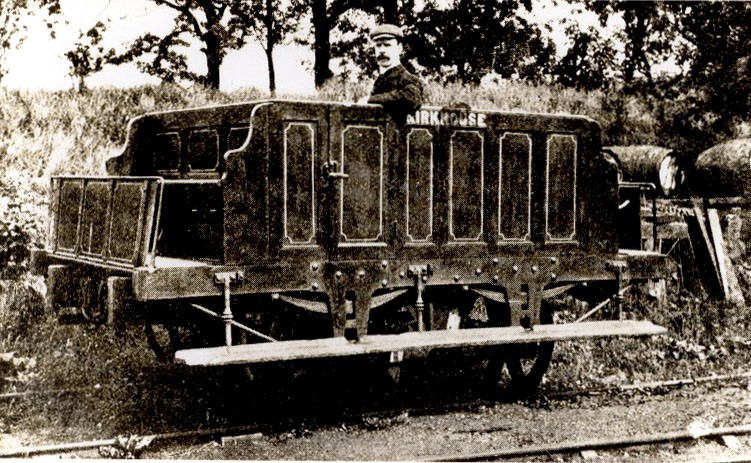
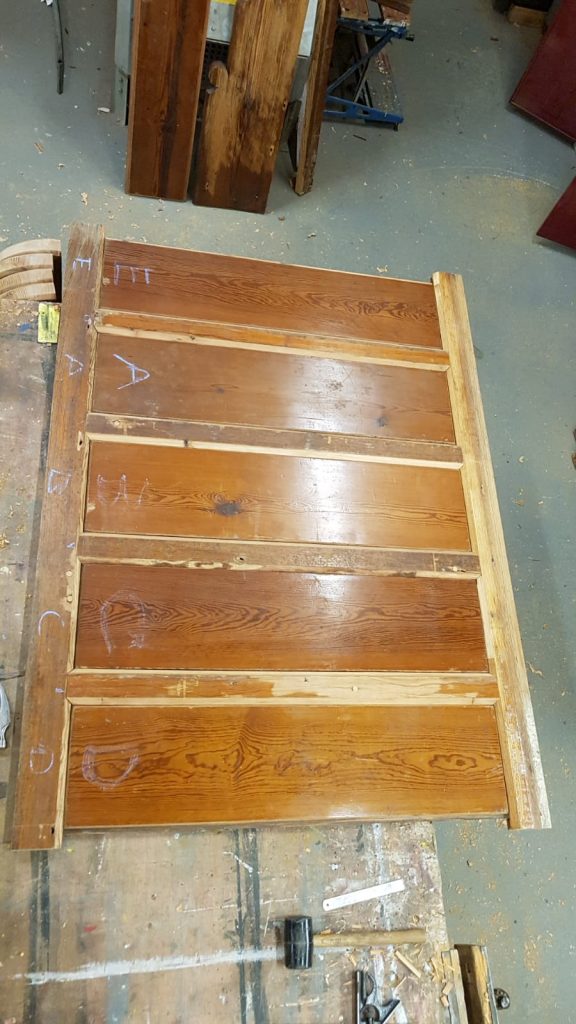
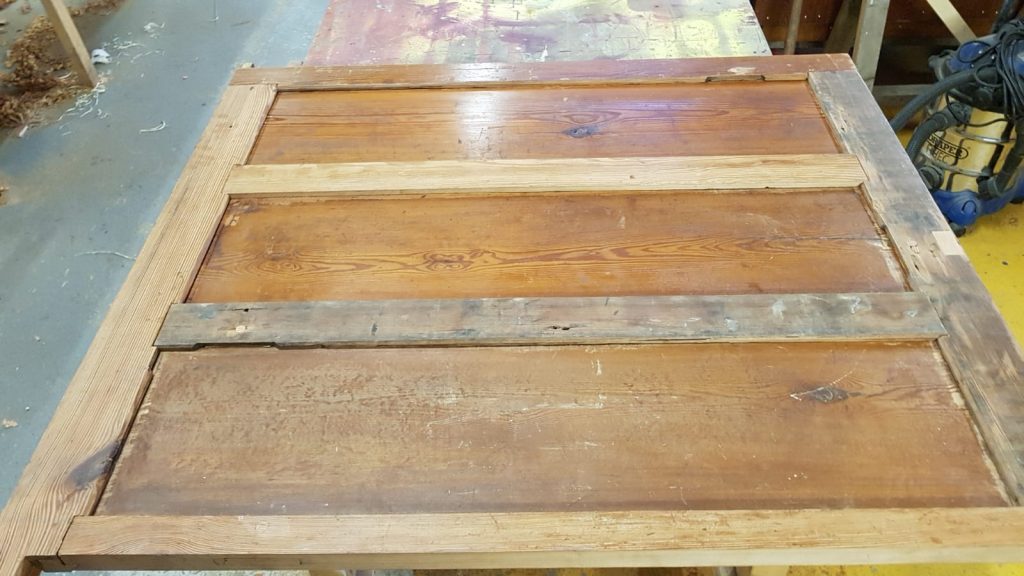
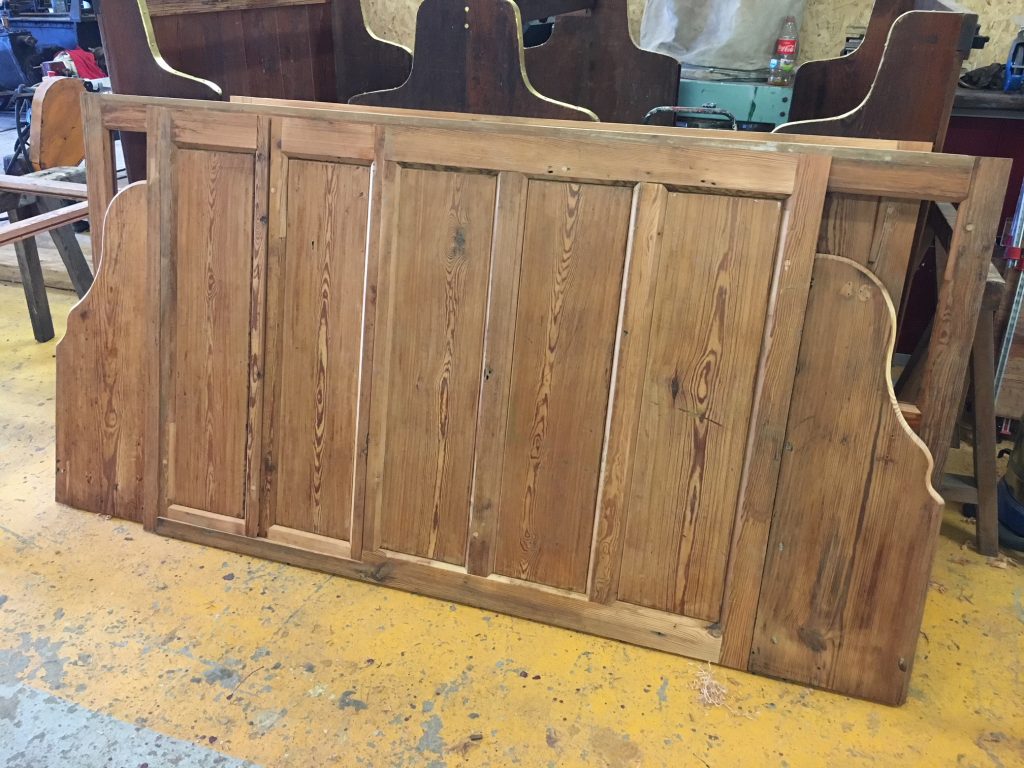

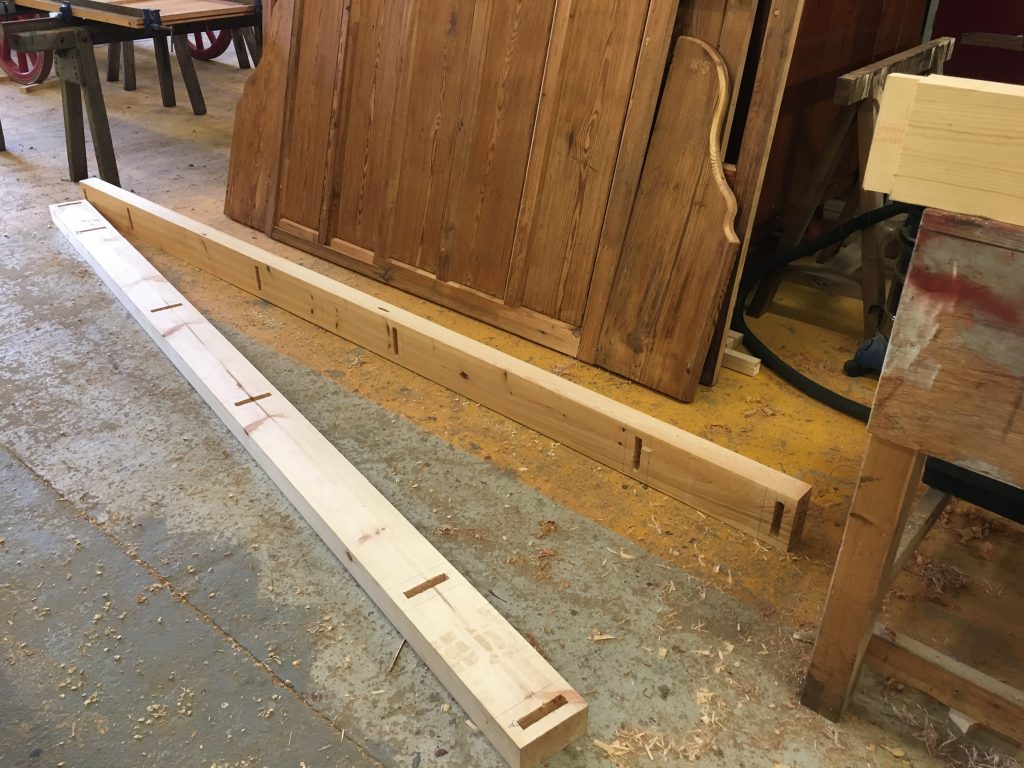
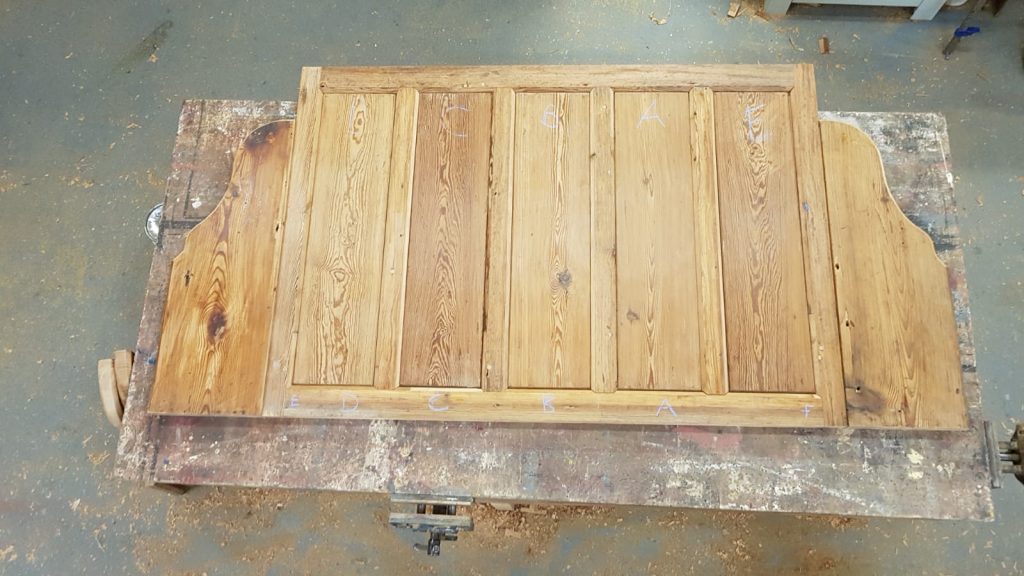
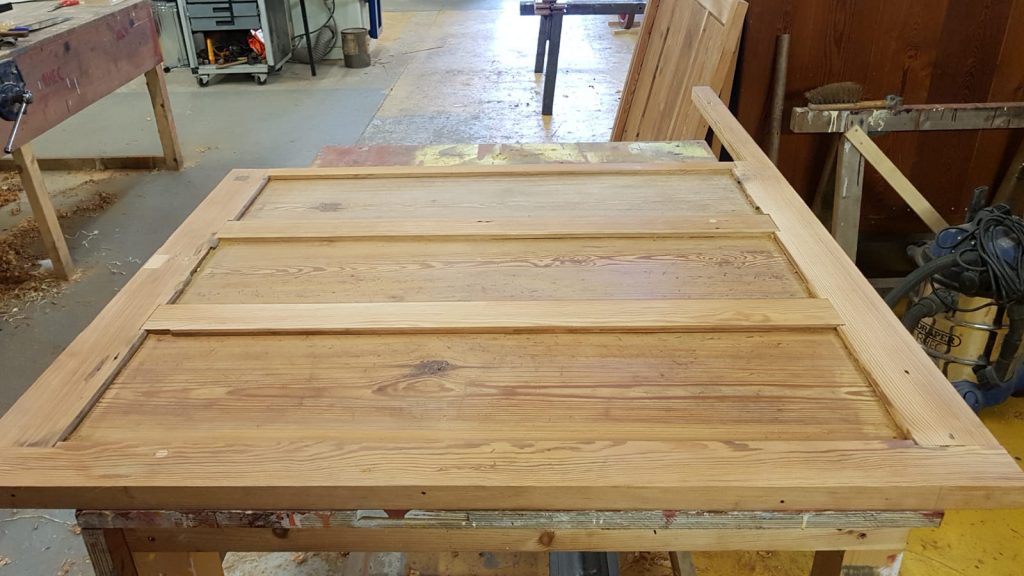
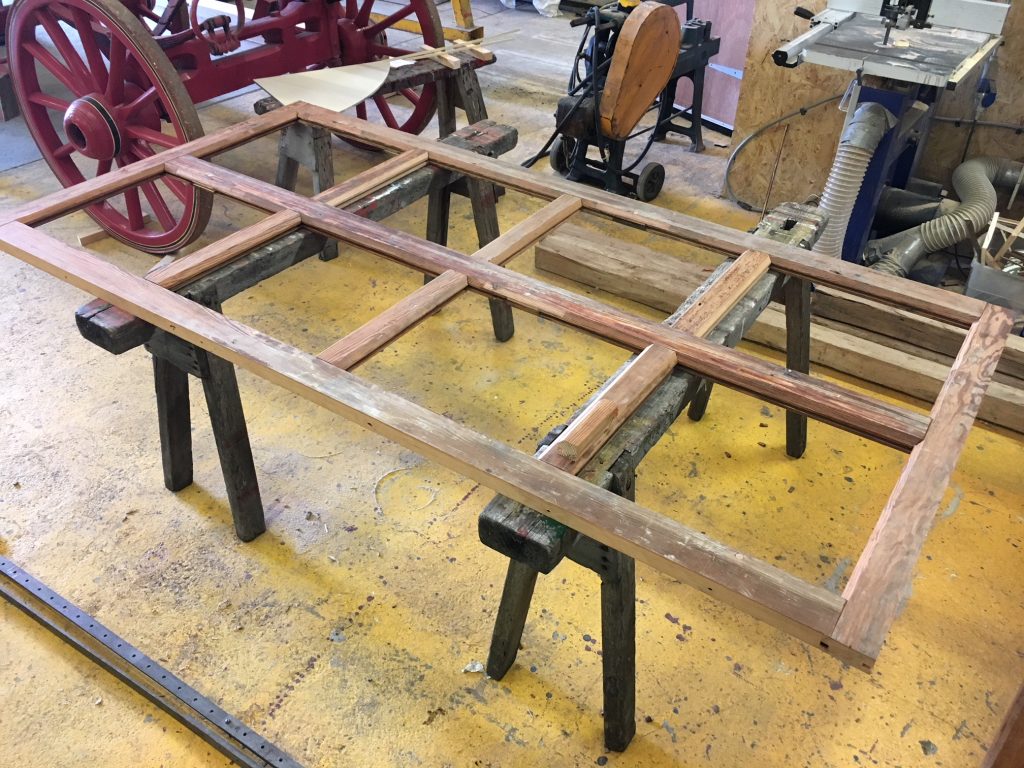
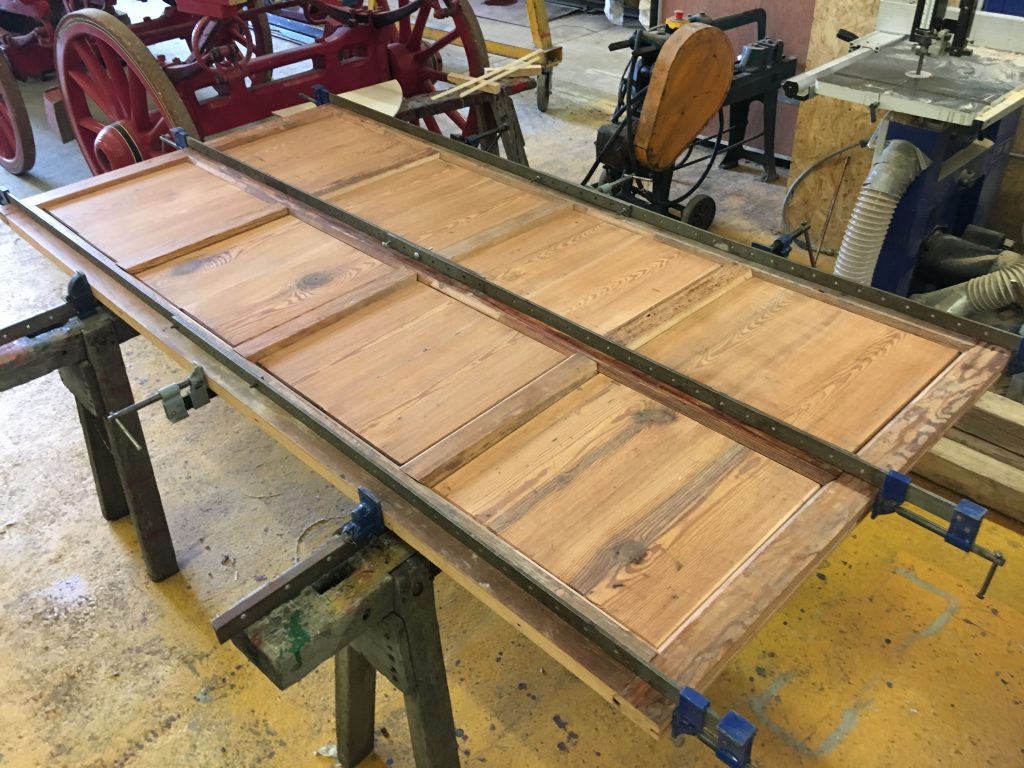
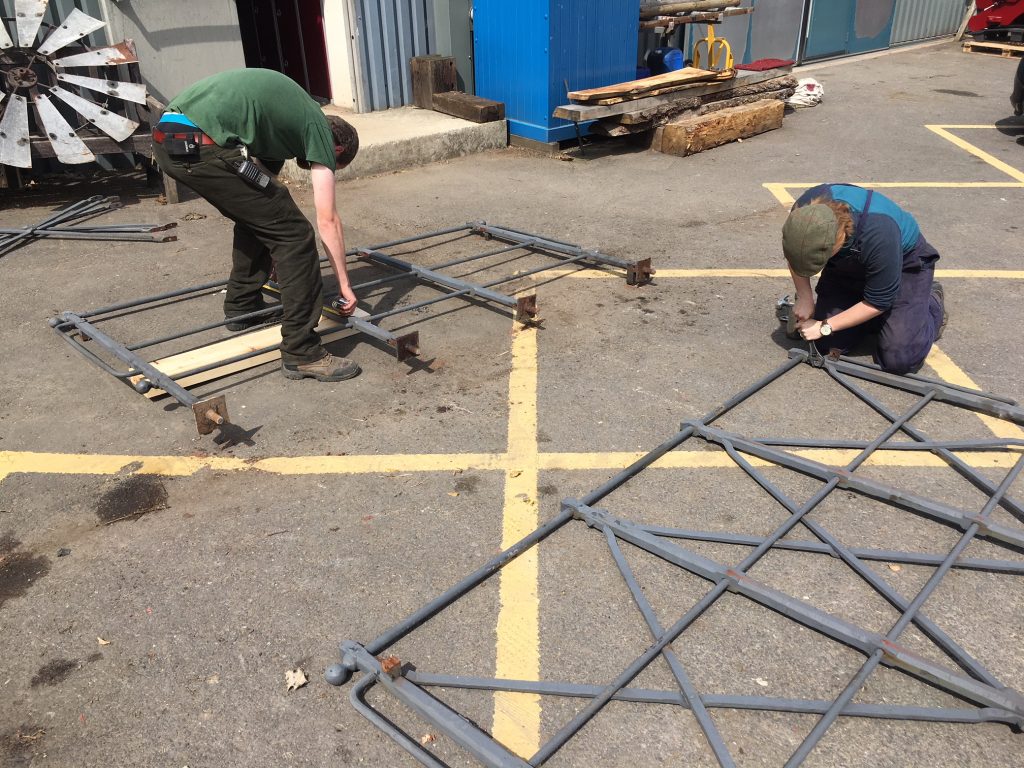

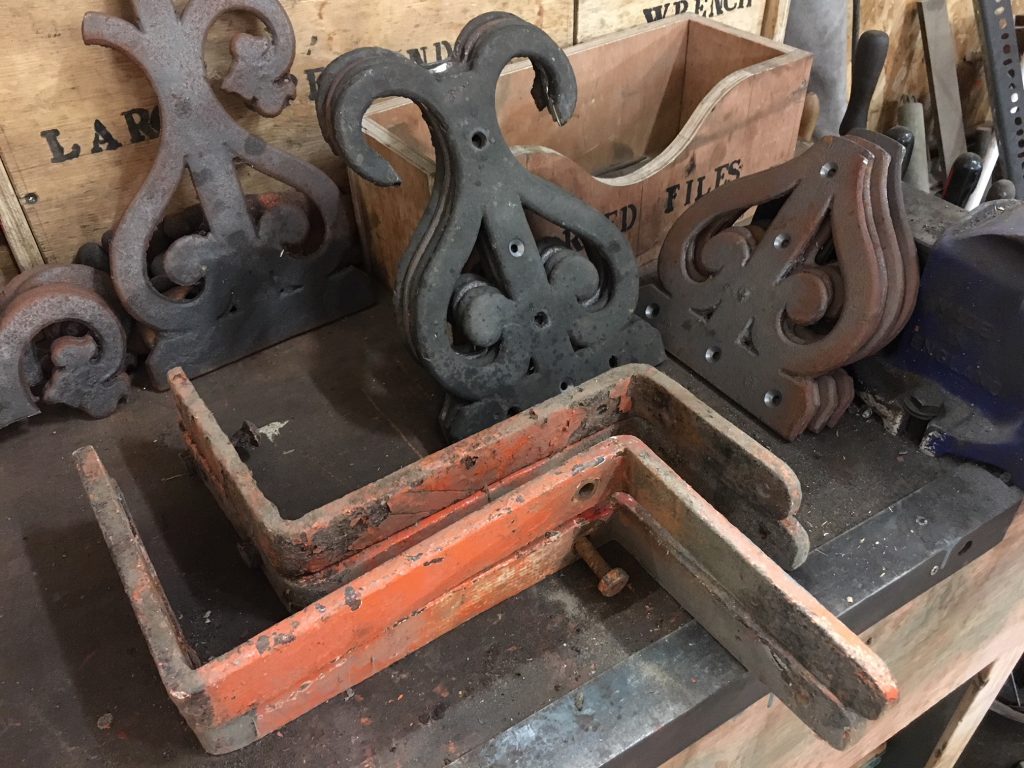



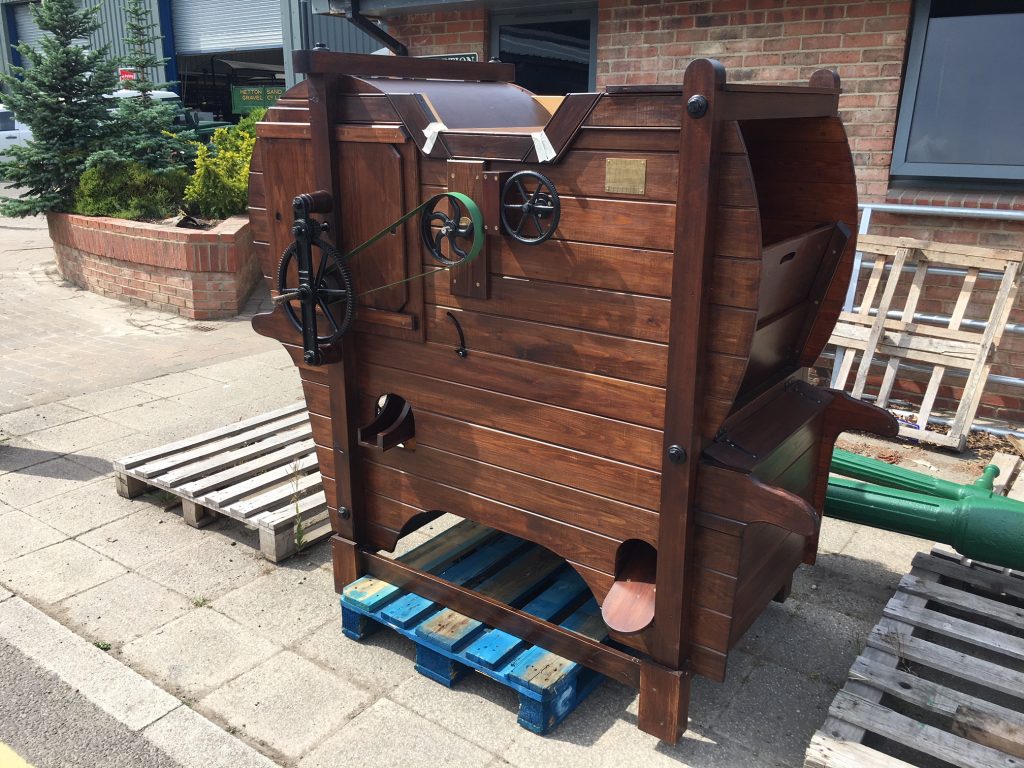
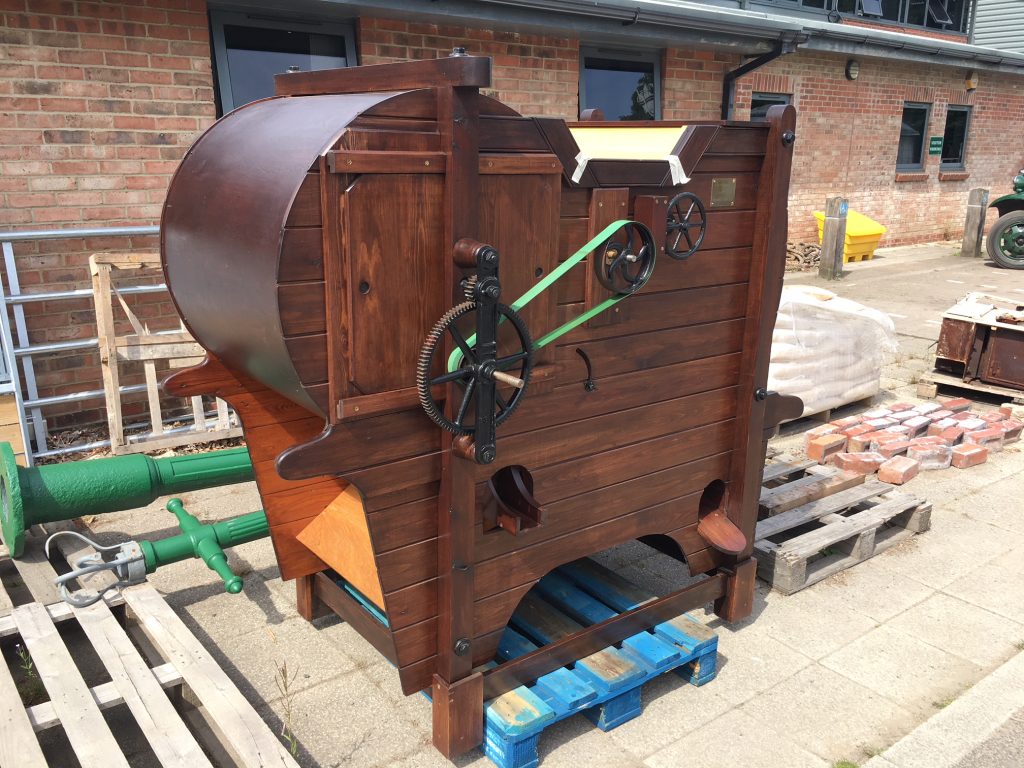
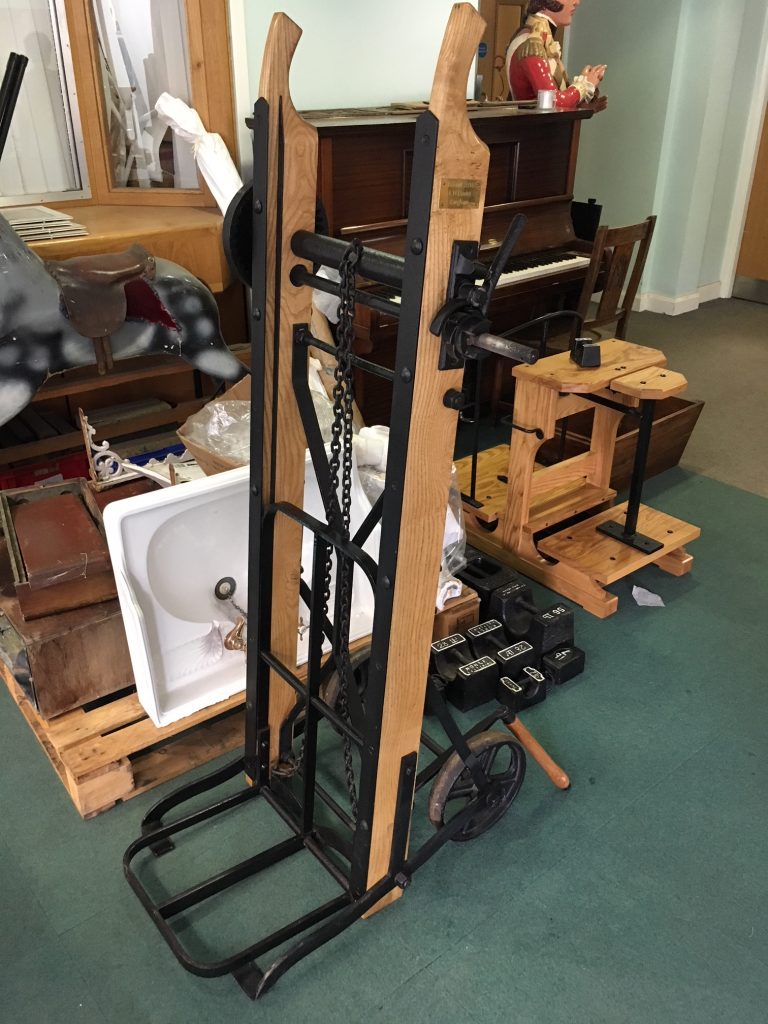

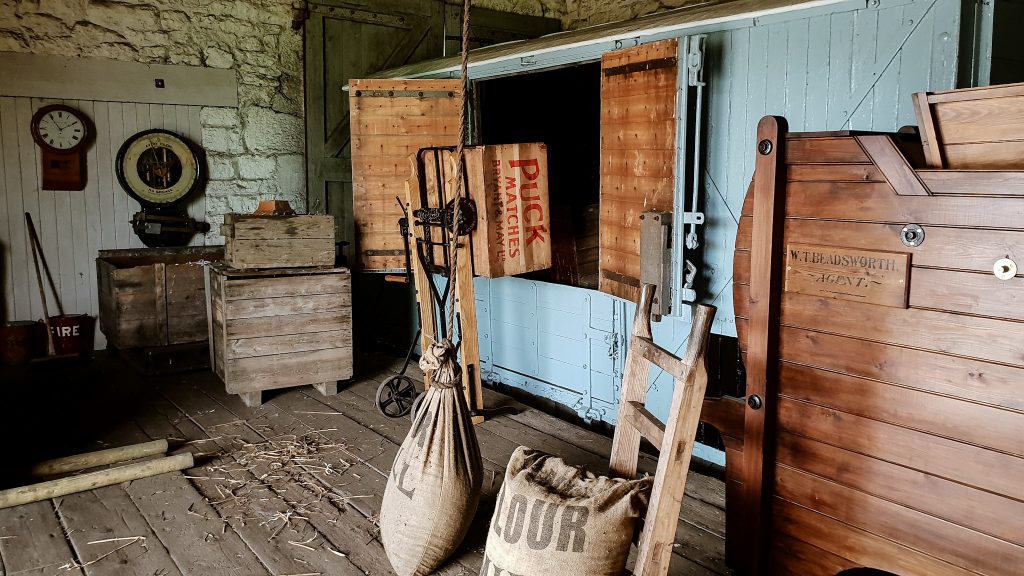
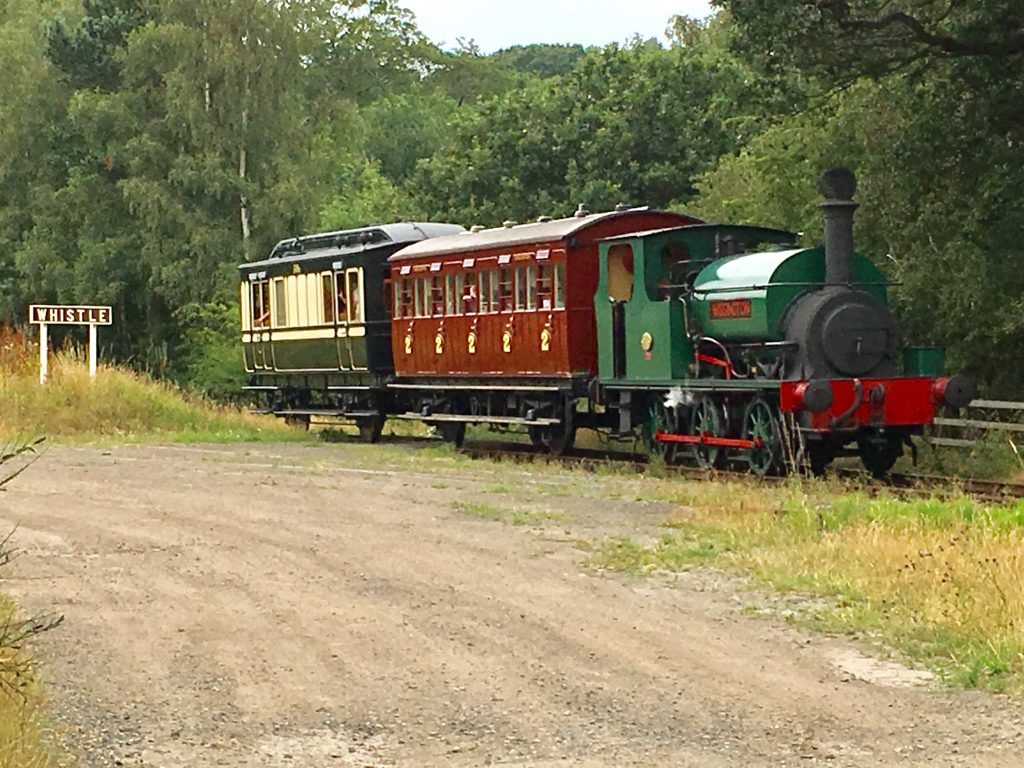





Recent Comments